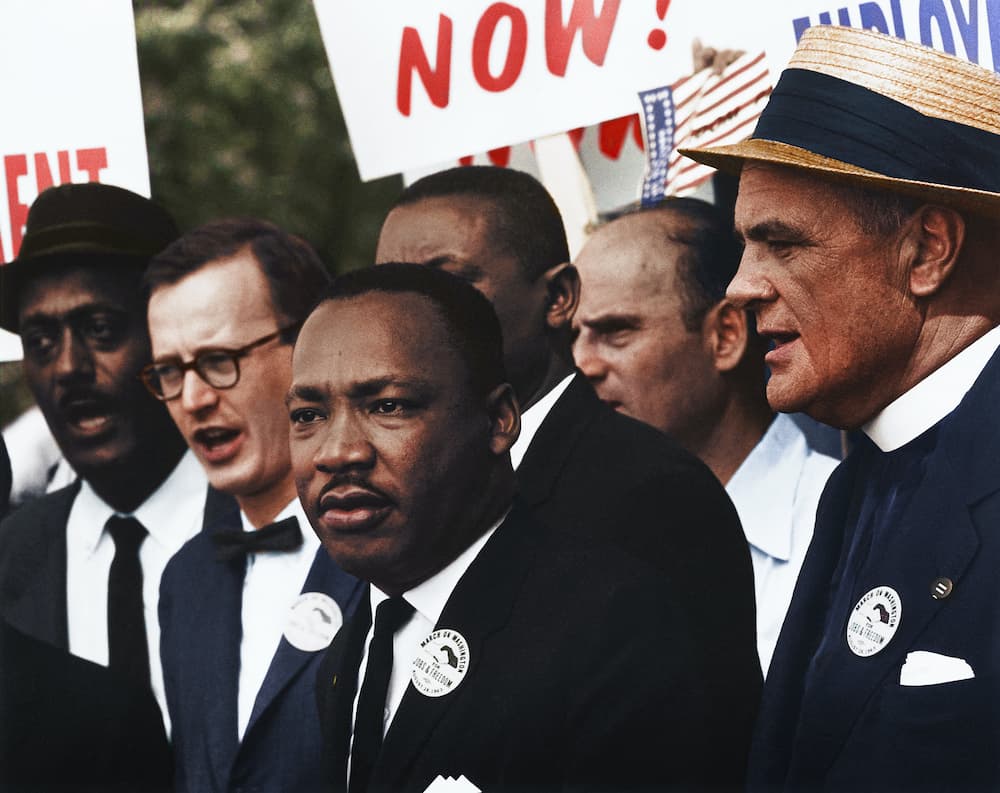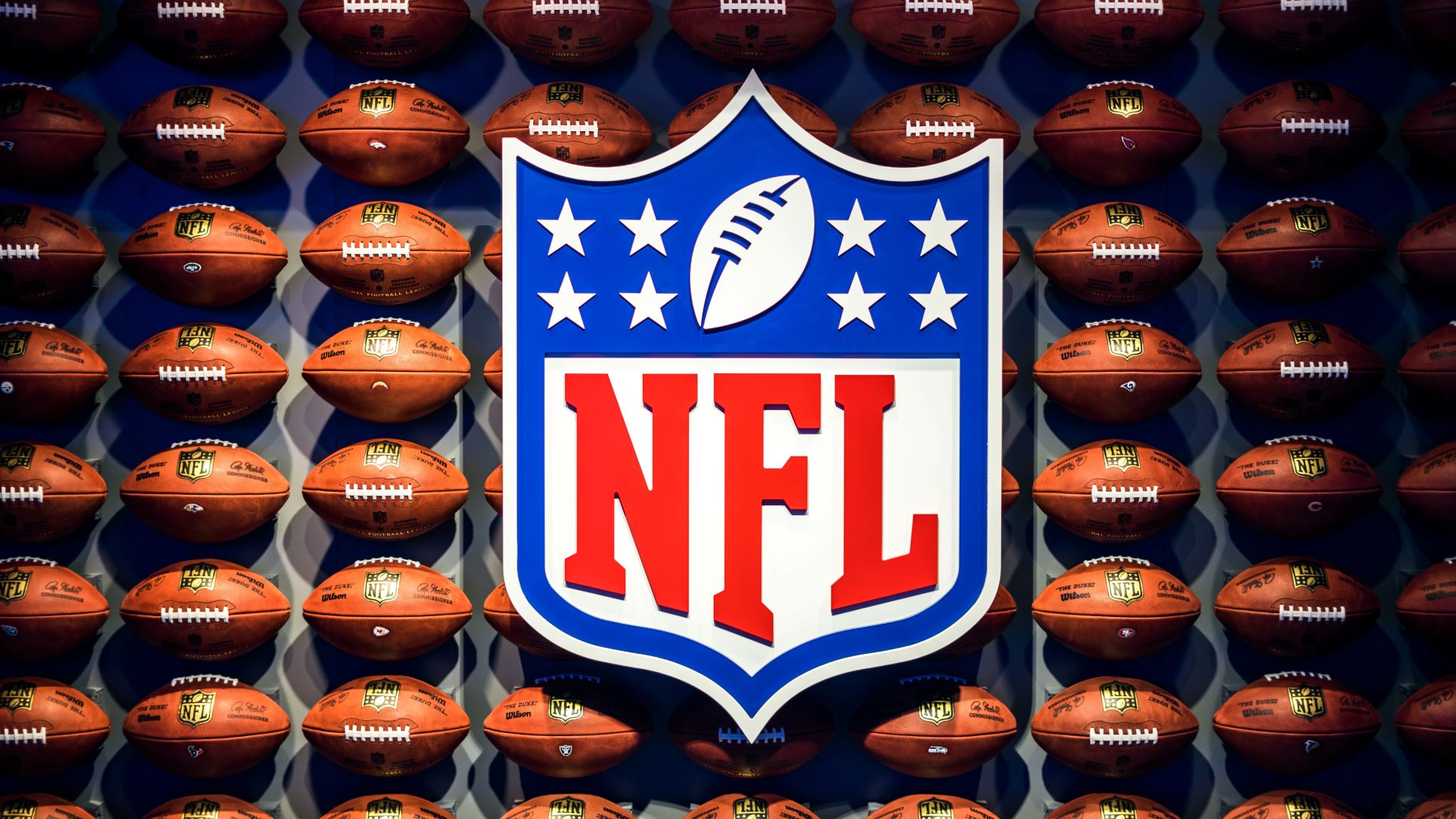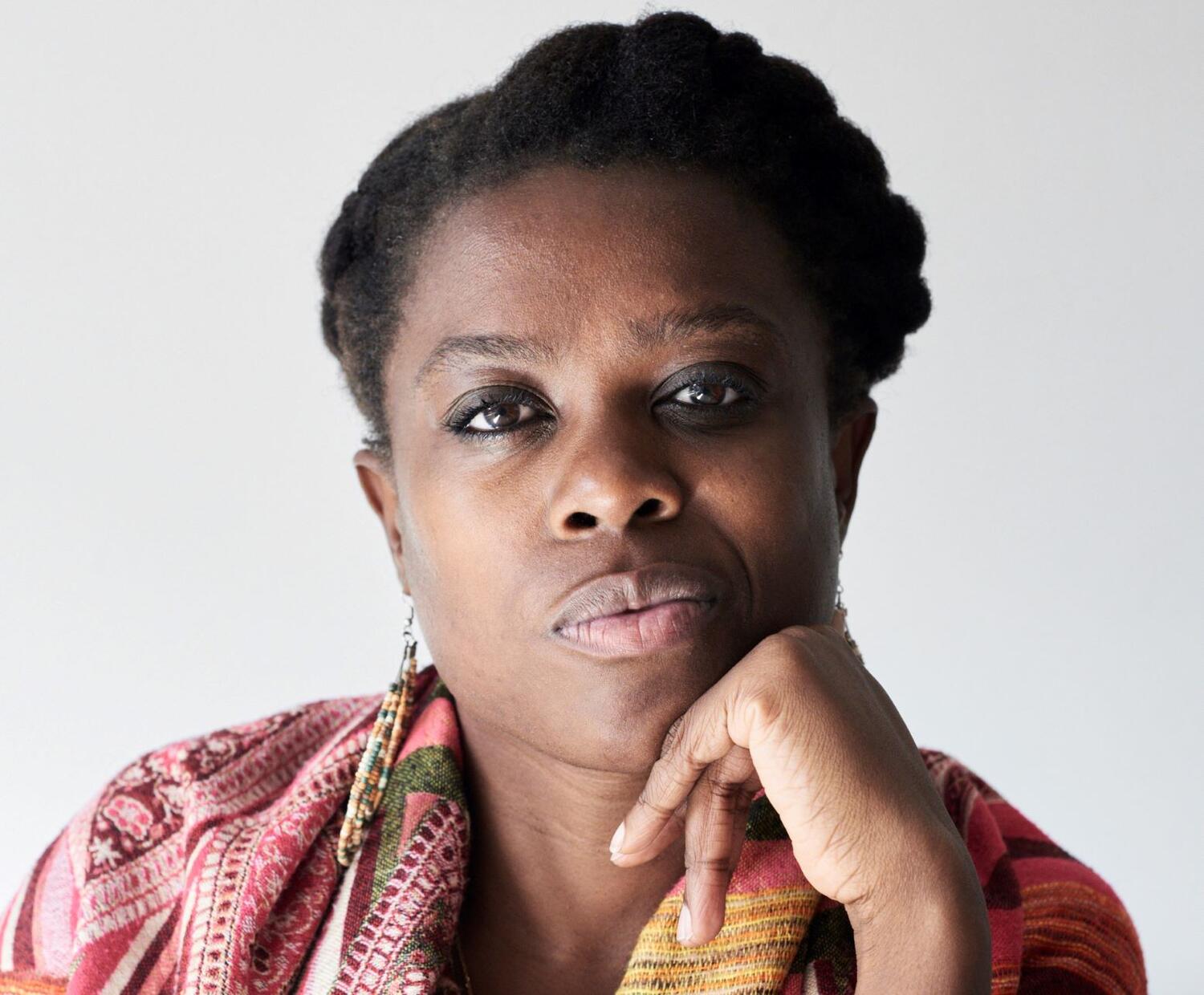
Black employees, DEIB, Diversity & Inclusion, Leadership & Management
As Americans celebrate Martin Luther King Jr. Day, I have been reflecting on the fact that this year marks the 60th anniversary of the March on Washington where Dr. King delivered his famous “I Have a Dream” speech to more than 250,000 attendees.
Such a notable milestone begs the obvious question: How much progress have we made over the past 60 years?
It’s often overlooked that the official title was the March on Washington for Jobs and Freedom. Blacks must still overcome significant barriers to reach equity in employment and income.
Last year closed with a December unemployment rate of 2.9% for whites compared to 5.3% for Blacks. In 1964, the figures were 4.6% and 9.6%, respectively.
Lest you believe that a nearly double rate of disparity in employment has persisted for more than 60 years due to lack of effort, consider that at every level of education, the gap is evident. At lower education levels, for example, Blacks with some college, but no degree have a higher rate of unemployment than whites who haven’t graduated high school.
The same unfortunate pattern holds true for wages, with Blacks earning less than their white counterparts at every level of educational attainment. Notably, a white high school graduate earns more than a Black person with an associate degree. Education has not been the “great equalizer.”
Despite the increased attention to diversity, inclusion, equity, and belonging (DEI&B) in corporate America, the higher the job level in an organization, the greater the disparity in attainment between Blacks and whites.
Blacks represent a mere 5.9% of all chief executives in the U.S., including just over 1% of Fortune 500 CEOs, despite a recent study indicating that the market capitalization of companies with a Black chief executive increased within three days of the CEO announcement, compared to a decrease over the same time for companies announcing a white chief executive.
The market reaction is a consequence of the fact that Black CEOs are appointed with more years of education, advanced degrees, and elite education than a comparable group of white CEOs. Merit matters, but it matters a whole lot more if you are Black.
The market reaction to the appointment of Black CEOs is just one of many examples arguing a strong business case for DEI&B. My friends at Great Place To Work have mounds of data indicating that the most successful companies prioritize and embrace DEI&B — in good times and bad. We hope that data compels executives and investors to launch company-wide diversity programs and double-down on their public relations messaging.
Researchers have found that 80% of Fortune 500 companies use some form of business case as the rationale for valuing DEI&B compared to just 5% who use a fairness case, touting the importance of equity and equal opportunity.
While the business case may resonate in the C-suite, it doesn’t always inspire main street. It will require more than the business case for DEI&B for Blacks to experience significantly more progress over the next 60 years than the past 60 years. The fairness case does a better job at that.
Yet neither approach — the business case or the fairness case — resonates with underrepresented job candidates as much as a neutral approach, which doesn’t provide a justification for why DEI&B is important in the same way that organizations don’t provide a detailed justification for why they value qualities such as trust, innovation, and integrity.
The neutral approach recognizes the inherent value of all humans. While the business case is clearly there, prioritizing DEI&B isn’t a tactical or strategic business decision like a merger or an acquisition. Human beings aren’t widgets. We aren’t new products or services. It’s the human case for DEI&B.
The government can’t (and shouldn’t) do it alone
If employers are to become truly employee centric, they will have to address the realities of many Black employees’ lives outside of work, as well as inside the company.
When their employees leave work, they may drive home to communities that are neglected. They may pick up children from under-resourced and inadequate schools. They may be a victim of humiliating and traumatic racial profiling while driving or shopping at a store. When they arrive at home, they may be paying a mortgage with a higher interest rate than charged their white counterparts with the same credit score.
Much of the public expects businesses to take an active role in addressing social issues, viewing the media and government as divisive forces in society. Businesses leaders have an outsized influence in daily life in America far beyond the products and services they deliver. They influence politicians through funding political campaigns. They shape and reshape the culture through messaging and advertising.
From the sports and entertainment industry to food and beverage, they don’t merely respond to human behavior; they drive human behavior. These leaders must accept some accountability for DEI&B at work and in the society where their businesses have thrived.











